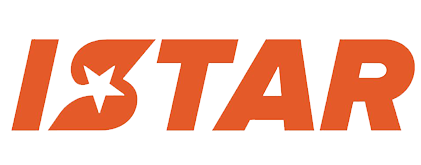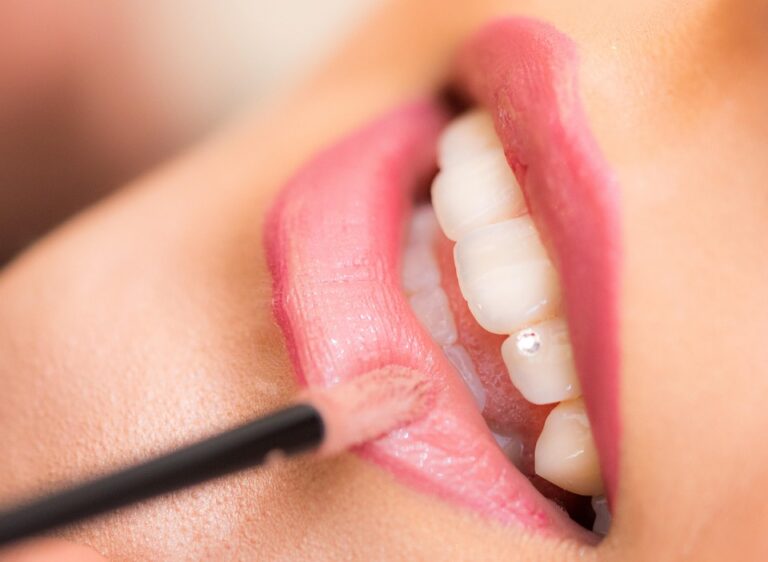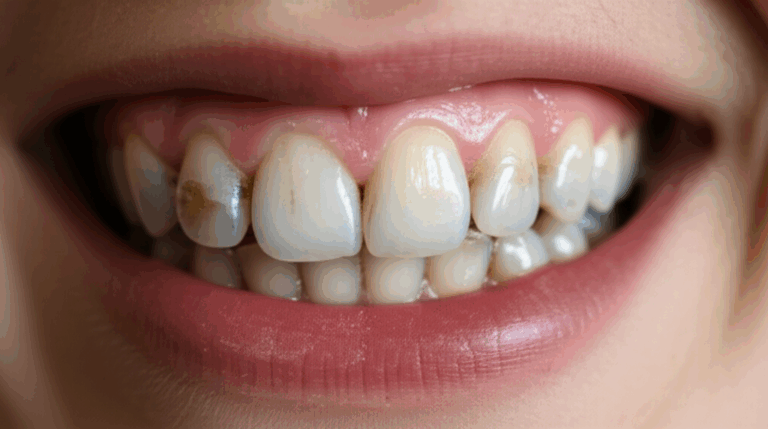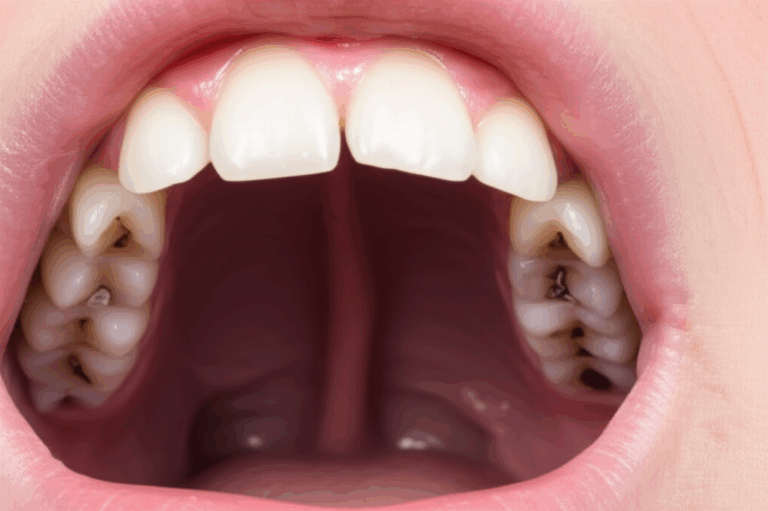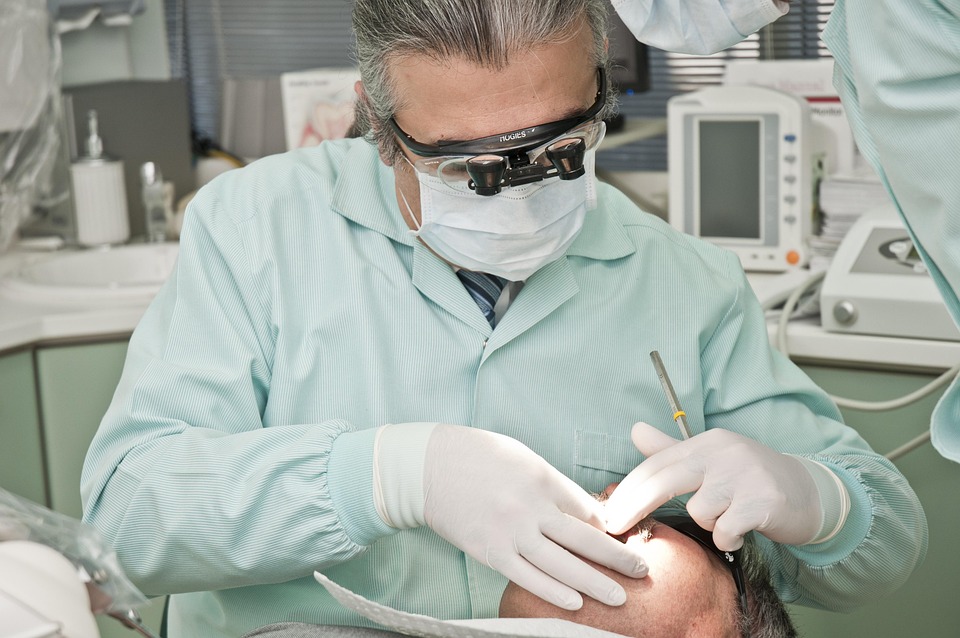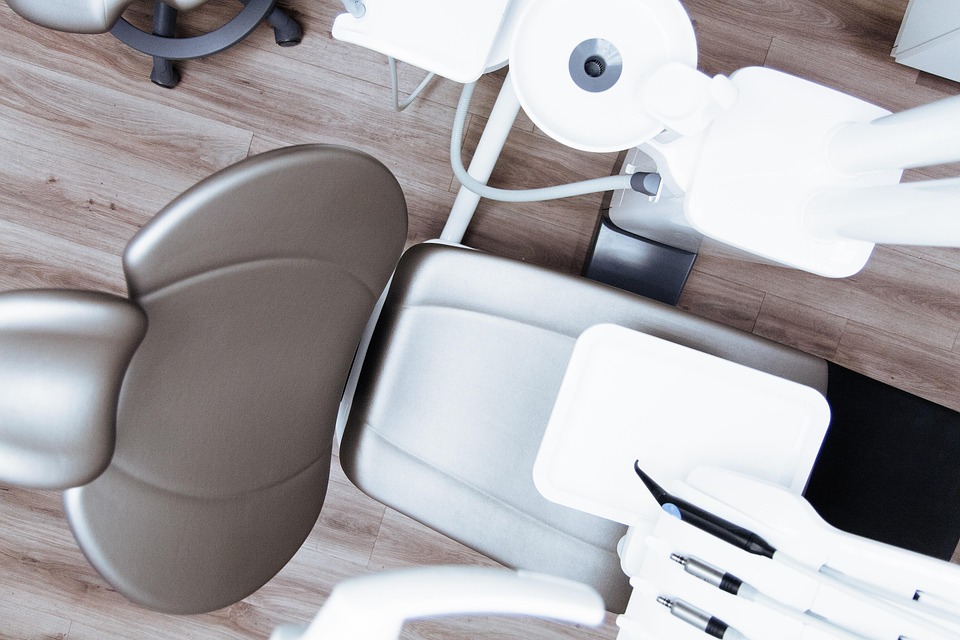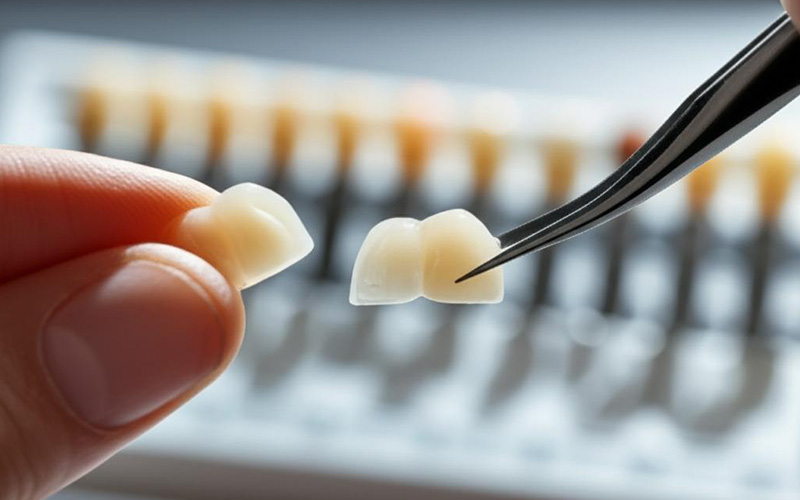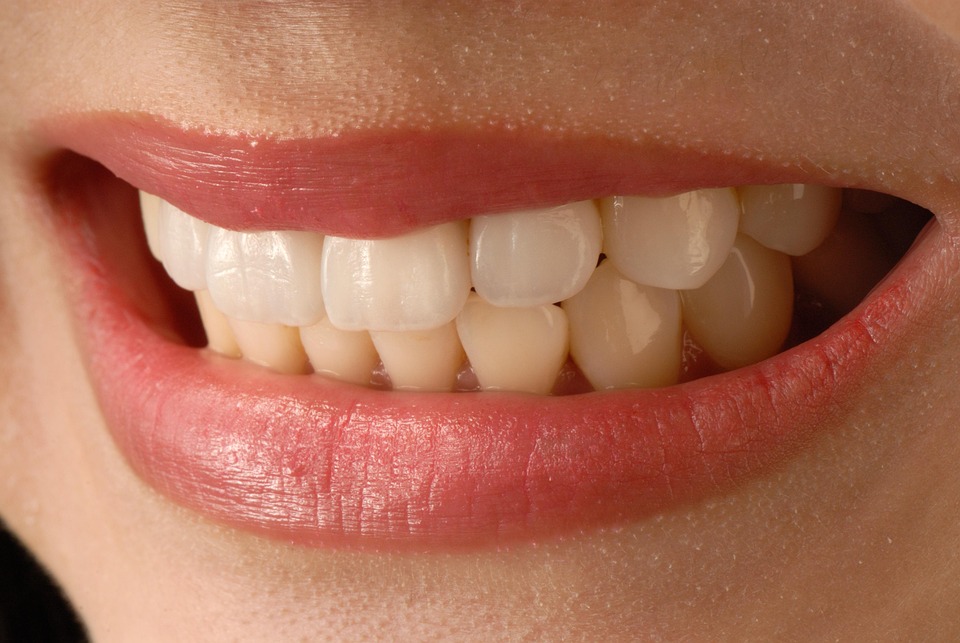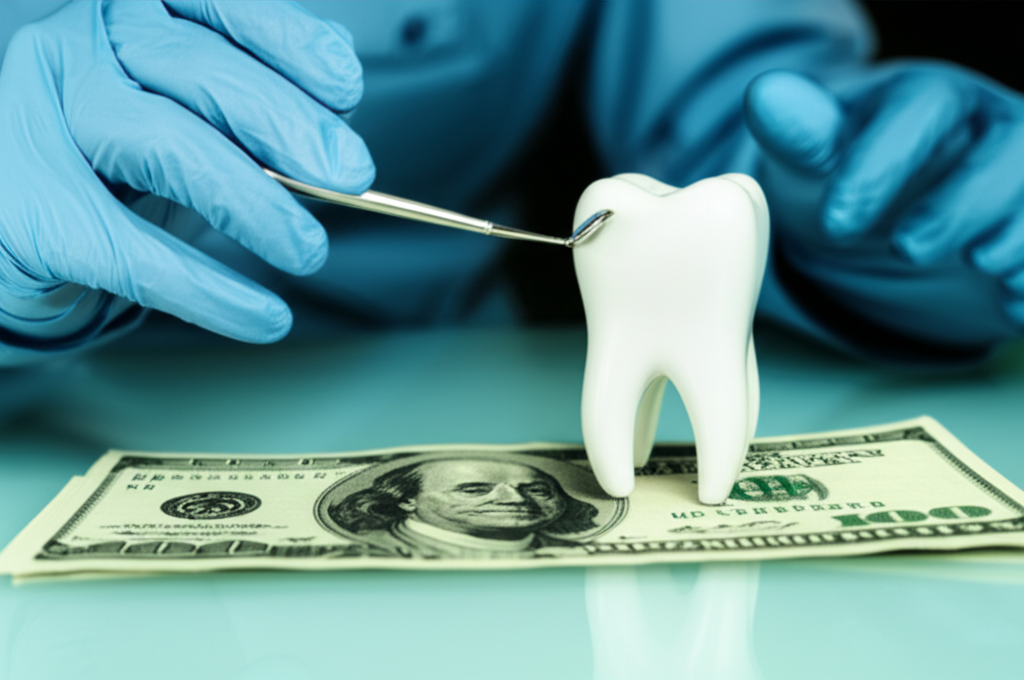
How Much Does a Dentist Appointment Cost? My Complete Guide to Dental Prices & Savings
Table of Contents
- Type of Dental Service or Procedure
- Geographic Location
- Insurance Coverage
- Practice & Dentist Type
- Technology and Experience
- Diagnostic Tests Matter
- Maximizing Insurance Benefits
- Dental Discount Plans
- Payment Plans & Financing
- Low-Cost and Community Options
- Preventive Care as a Money-Saver
- Comparing Prices & Getting Estimates
Introduction: My Journey to Understanding Dental Costs
If you’ve ever sat worried in a dentist’s waiting room, not knowing how big the bill might be after, trust me—I’ve done that too. I didn’t just get nervous about the sound of the tools, but also about what the dentist visit was going to cost me. After making a bunch of appointments, looking at tons of dental bills, having some surprise emergencies, and even moving to different cities, I’ve learned a lot about what dentist appointments really cost—and why the price changes.
That’s why I made this guide. I wish I had something like this back when I started taking my teeth and budget seriously. Here, I’ll break down common costs, explain what can change the price, and show you some real ways to save money without missing out on important care.
What Does a Standard Dentist Appointment Cost?
The first thing I noticed is that “how much” all depends on why you’re there. Are you just going in for a simple cleaning, or did you chip a tooth on your food (like I did once)? Let’s look at the basics.
Routine Check-up & Cleaning
If you only need a basic check-up and cleaning, I’ve paid anywhere from $75 to $200 when I didn’t have insurance. This usual appointment has:
- A full look-over of your teeth
- A cleaning (they call it “prophylaxis”)
- Sometimes X-rays, especially if you’ve never been or it’s been a long time
Biggest surprise for me? X-rays aren’t always in the price. If I needed a full set or a big X-ray, that could add $75 to $250 more to the total.
New Patient vs. Established Patient Fees
Some dentists give specials for new patients—sometimes the exam, cleaning, and X-rays are a cheaper set price if you ask ahead. After your first visit, regular check-ups sometimes cost a bit more, unless you find a dentist who keeps the prices the same.
Emergency Dental Visits
Visits for emergencies—like when I broke a tooth from falling—cost more. A quick check (called a limited oral exam) usually goes from $100 to $300, not counting whatever they need to do for you like a filling or pulling a tooth. Asking about prices up front can save you from a shock.
What Really Influences Your Dental Appointment Bill?
It took me a while to figure out why my friend in Texas paid way less for the same filling than I did in New York. Here’s what I found out.
Type of Dental Service or Procedure
Why you’re there matters the most. Here’s what I found out:
- Preventive care (cleanings, check-ups, basic X-rays): Lowest cost, easy to guess cost.
- Restorative care (fillings, crowns, extractions): More expensive, price changes depending on tooth spot, what it’s made of, and if it’s hard to do.
- Special care (root canals, surgeries, braces): Most expensive, usually done by a dental expert and not a regular dentist.
Geographic Location
Dentist bills aren’t like fast food—the city you live in changes the cost a lot. In big cities, since rent and wages are higher, the cost goes up. I even checked prices in different places and saw fillings sometimes cost double in New York compared to smaller towns.
Insurance Coverage
Dental insurance can save you money—or make you confused. Here’s what I learned the hard way:
- Deductibles: This is what you pay before the insurance helps.
- Co-pays and Coinsurance: Even with insurance, you often have to pay $10–$20 a visit, or a part of bigger treatments.
- Yearly max: Many plans stop paying after a certain total each year (like $1,000–$2,000).
- In-network vs. Out-of-network: Going to a dentist your plan works with makes things cheaper. Out-of-network can be a lot more.
If you have no insurance, always ask the dentist what their price is for cash patients. Lots of offices have specials or can give you a discount for paying yourself.
Practice & Dentist Type
- General dentists: Handle normal check-ups, cleanings, basic fillings.
- Specialists (like endodontists, periodontists, oral surgeons): Cost more, but sometimes you have to get sent to them for certain work.
- Private offices vs. Big chain clinics vs. Dental school clinics: Dental school clinics can be really cheap, sometimes 30–70% less. But appointments take longer since students are learning and are watched over by teachers.
Technology and Experience
Dentists with the newest tools (like digital scanners and 3D printers) sometimes charge more. Dentists with a lot of experience might cost more, too—though sometimes this means the work gets done right the first time.
If you want to know what happens in a lab with the latest tech, check out resources like a digital dental lab. Learning about this stuff has made me feel smarter at the dentist.
Diagnostic Tests Matter
X-rays aren’t always in the check-up cost. Bitewings (usually 4 small X-rays) cost $30–$80, while big X-rays (panoramic) cost $100–$250. Don’t be afraid to ask if X-rays are included.
Average Costs for Common Dental Procedures
I started wanting clear prices after too many surprises. Here’s a simple list from my bills and the average numbers I’ve found:
Preventive Care and Diagnostics
- Full exam and cleaning: $75–$200
- X-rays (all of them or a big one): $75–$250
- Bitewing X-rays (4 small ones): $30–$80
- Fluoride treatment: $20–$50 (usually for kids)
- Dental sealants (each tooth): $30–$70
Restorative and Advanced Treatments
- White (composite) filling, one spot: $90–$250
- Silver (amalgam) filling, one spot: $50–$150
- Simple tooth pulling: $75–$300
- Surgical/impacted extraction (like wisdom teeth): $200–$700+
- Root canal (front tooth): $700–$1,000
- Root canal (molar): $1,000–$2,000+
- Dental crown (porcelain on metal): $800–$1,800
- All-ceramic crown: $1,000–$2,500+
- Dental bridge (each unit): $700–$1,500
When I needed a crown, comparing prices from my dentist and looking at what local and online crown and bridge labs charge helped me know what I was really paying for.
Specialized Consultations
- Braces check: $0–$150 (sometimes free, especially at big clinics)
- Oral surgery/gum specialist visit: $100–$300 (sometimes taken off your total if you get work done)
Remember that sometimes, the cost for the check-up can get taken off your bill if you go ahead with treatment.
How I’ve Made Dental Visits More Affordable
Trying to save money at the dentist is something I got very good at. Here’s what’s worked for me:
Maximizing Insurance Benefits
Read your insurance (even the boring parts). I found out:
- Most plans let you get two cleanings and check-ups a year without paying anything extra.
- They might pay 80% for fillings, but only half for crowns.
- Always use dentists in your plan—once I paid double for a root canal not in my network.
If you need big work like crowns or implants, tell your dentist about your plan and ask for a written cost estimate first.
Dental Discount Plans
When I didn’t have insurance, I joined a dental discount plan. These aren’t insurance. You pay a yearly fee and get lower set prices for work. I saved more than $500 on my crown with one of these.
Payment Plans & Financing
You don’t have to pay everything at once. Many offices let you:
- Pay in smaller monthly pieces
- Get started with third-party financing (CareCredit is one)
- Save money if you pay all up front, in cash
If you’re facing a big bill, ask what they can do for you—no reason to feel weird about asking!
Low-Cost and Community Options
Dental school clinics are a favorite of mine. You have to spend more time, but the prices are way lower, and everything is checked by teachers. Community health and low-income clinics charge you based on what you make—super helpful if you don’t have insurance.
For kids, Medicaid and CHIP can often cover needed dental care. It’s always worth checking into these programs if money is tight.
Preventive Care as a Money-Saver
Regular care might sound boring, but it’s the best deal. Getting cleanings every six months saved me a ton because I found small problems before they became bigger, costlier ones.
One time, I skipped a $100 cleaning and ended up needing a $1,500 root canal later. Lesson learned. If you want to know more about keeping your teeth healthy for less, the section on teeth health has useful tips.
Comparing Prices & Getting Estimates
Now, I always ask for a full list of costs for every treatment before agreeing to anything. Some dentists put it in writing. And never feel bad about asking for a second opinion on something expensive—it’s your teeth and your money.
Decoding Your Dental Bill: What to Ask
Looking at a dental bill used to confuse me badly. Here’s how I figured it out:
Look at Your Bill
- Ask for a list that shows each thing they charged for, with the dental codes.
- Check that each charge matches what you actually got done.
When Calling the Office, Ask:
- What’s the full price for this visit or treatment?
- How much does insurance cover, and what do I pay?
- Is there a cheaper or simpler way to do this?
- Do you offer payment plans?
- Will I need more visits (and are those included)?
Just by asking, I found hidden fees or found cheaper ways to get the same care.
Quick Reference: Average US Dental Costs Table
Here’s a handy chart I wish I had years ago. This is what you might pay without insurance (from this past year):
| Procedure / Service | Typical Price Range |
|---|---|
| Routine exam & cleaning | $75 – $200 |
| Full mouth X-rays | $100 – $250 |
| Bitewing X-rays (4 films) | $30 – $80 |
| Fluoride treatment | $20 – $50 |
| Dental sealant (per tooth) | $30 – $70 |
| Composite (white) filling | $90 – $250 |
| Amalgam (silver) filling | $50 – $150 |
| Simple extraction | $75 – $300 |
| Surgical extraction | $200 – $700+ |
| Front tooth root canal | $700 – $1,000 |
| Molar root canal | $1,000 – $2,000+ |
| Porcelain fused to metal crown | $800 – $1,800 |
| All-porcelain crown | $1,000 – $2,500+ |
| Bridge (per unit) | $700 – $1,500 |
Your own numbers can be higher or lower depending on where you are, the office, or how hard the work is. But this gives you a good idea.
If you wonder why some crowns cost so much, it’s because of the work and supplies from places like a dental ceramics lab—one reason repairs can be pricey.
What Users Are Really Searching For: Understanding Intent
When you search “how much for dentist appointment,” you just want honest answers. From my own searching, here’s what people care about:
- The price for a normal dental visit (cleaning and exam)
- What you’ll pay for common problems (like fillings and pulling a tooth)
- Why costs change in different towns, clinics, or offices
- How to make it cheaper, using insurance, discounts, or public clinics
- How to budget so there’s no big surprise!
That’s what I look for when I check how much I’ll owe, especially if my tooth starts to hurt all of a sudden. It’s not just about numbers—it’s about being ready, staying healthy, and keeping your money safe.
Conclusion: Why Investing in Your Smile (and Knowing the Costs) Matters
Before I learned what to ask and how to look for real price info, going to the dentist stressed me out. Now, I treat my teeth just like any other part of my well-being, and I plan and save for regular visits as an investment in myself.
Knowing usual prices, what changes your bill, and how to save money for real made a big difference. I hope that after reading my story and tips, you feel ready to make smart choices for your teeth, too.
If I could give everyone one lesson, it’s this: Regular dental care doesn’t have to be a guessing game or cost too much. A little looking around and asking before you get the work done really helps. And keeping up with check-ups saves you money in the long run. If it’s been more than six months since your last visit, call your dentist now and get a price quote. Your teeth (and bank account) will thank you!
To read more about taking care of your teeth or how your mouth health affects your life, check out these resources on dental diseases, teeth health, and practical dental care.
Happy smiling—and happy saving!
